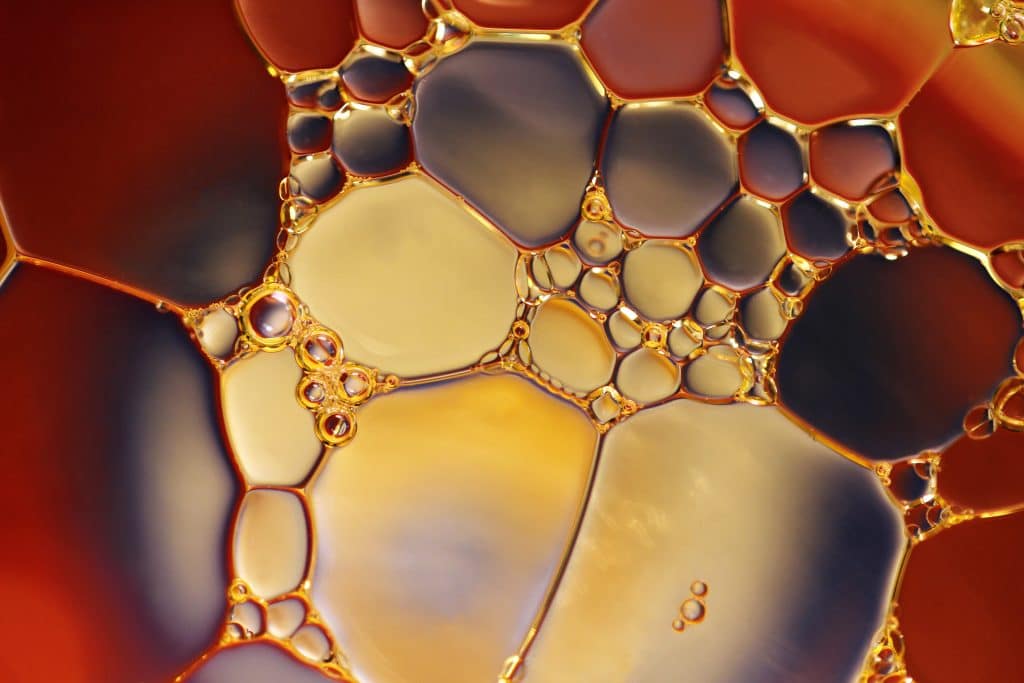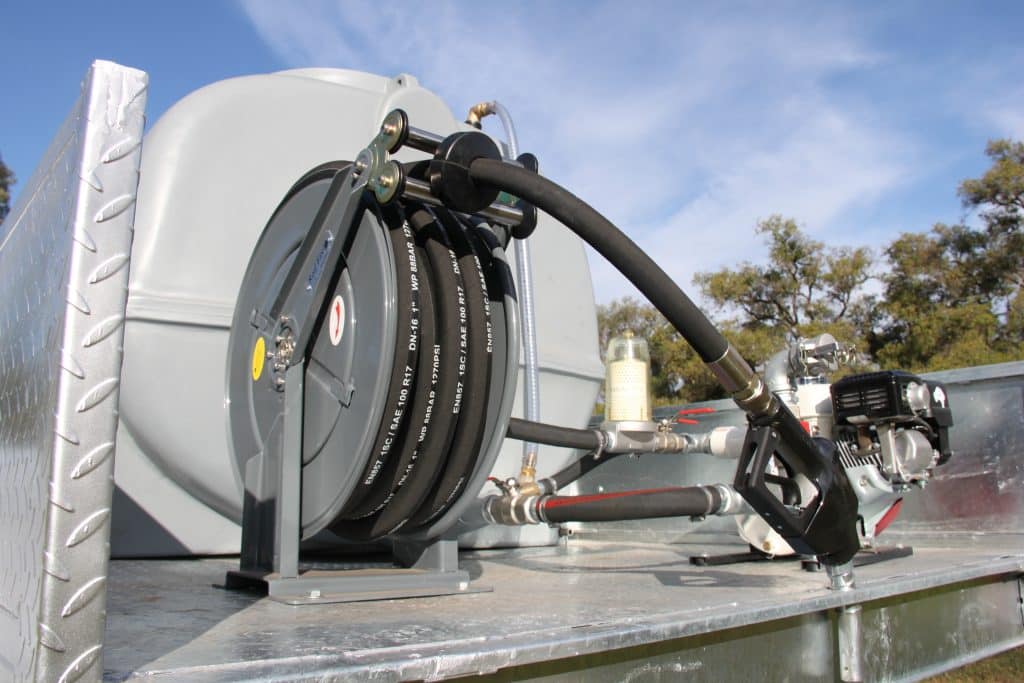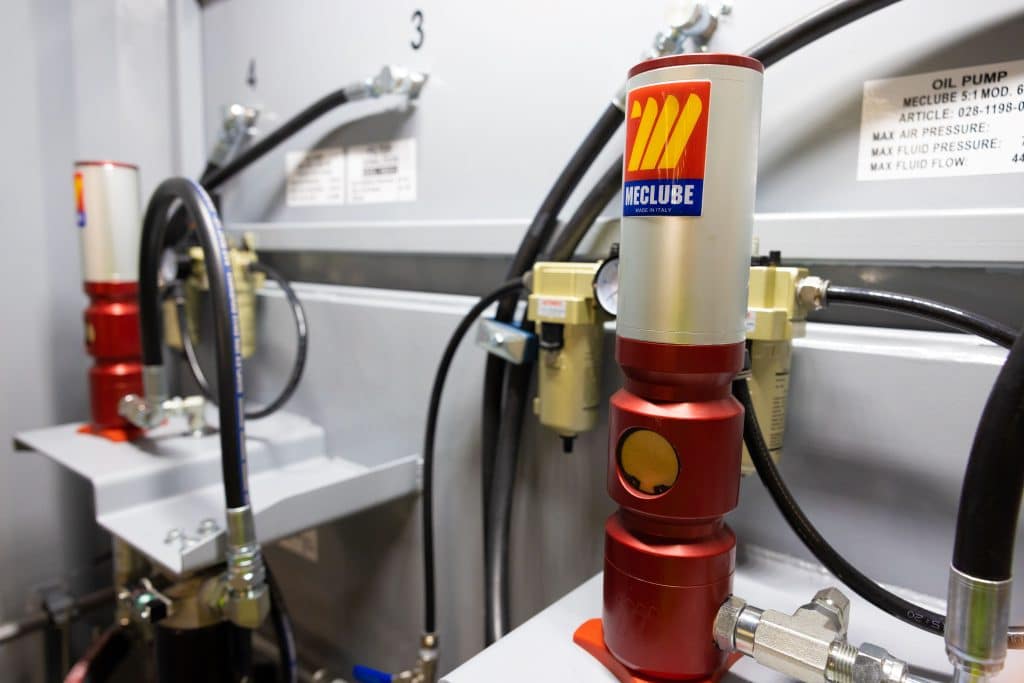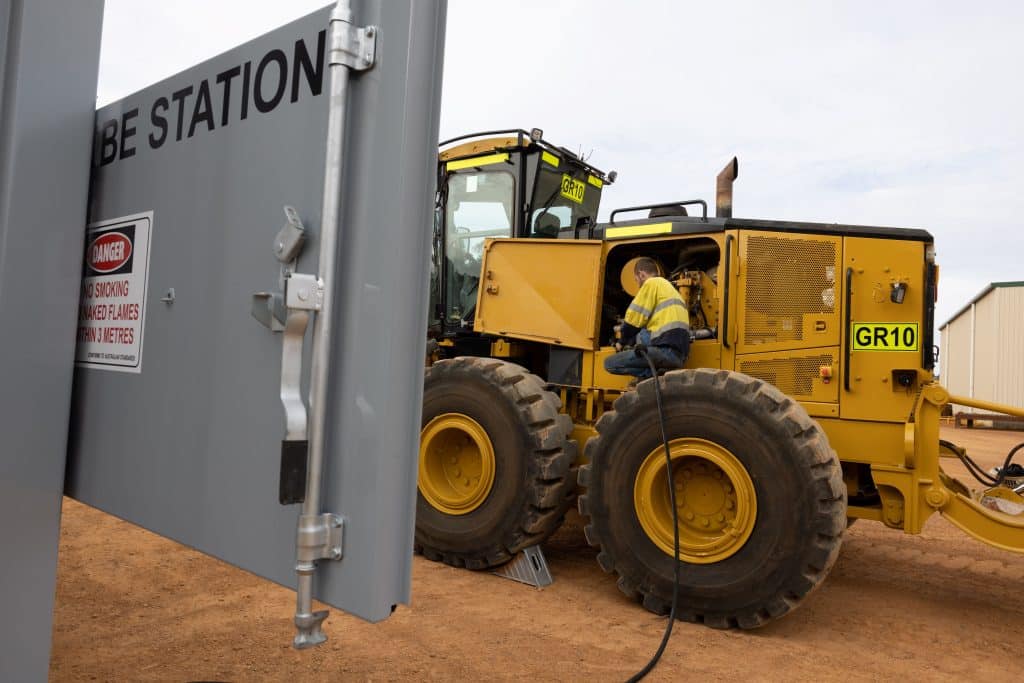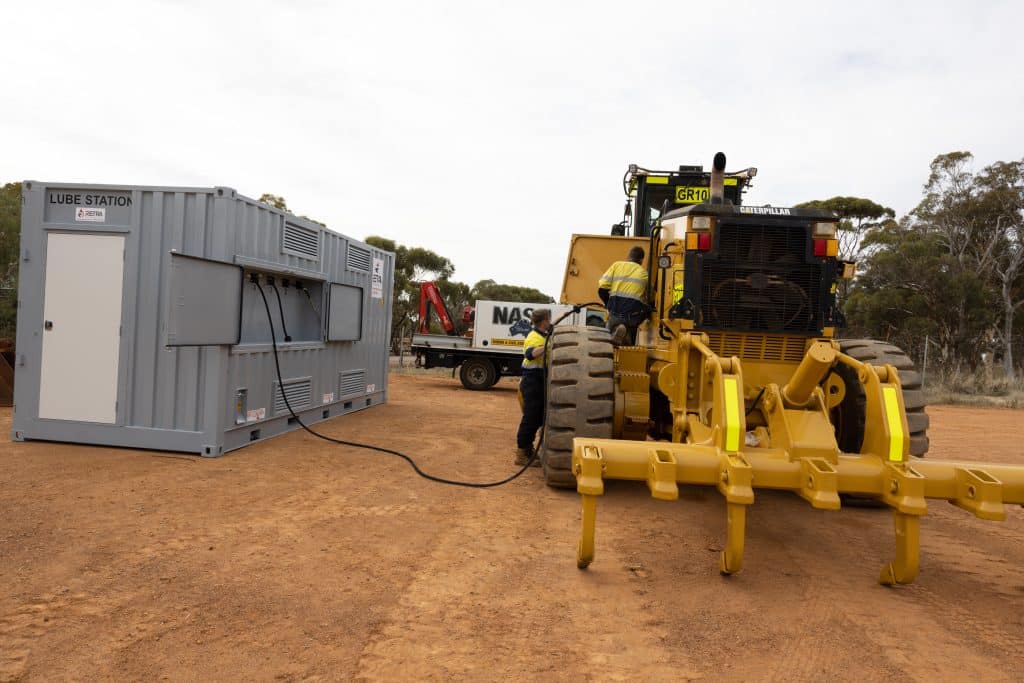For more than 40 years, the fire and emergency services have used Real Ezy reels. While their popularity amongst fire,…
The lifeblood of modern industrial machines are their lubricants. These oils and greases work to reduce friction, dissipate heat, prevent corrosion, and carry away debris. But contaminated lubricants? They’re machine killers.
But first, what is contamination?
Contamination
- external sources — where foreign particulates and substances enter the lubrication system
- internal sources — where debris and particulates from the machine contaminate the oil
Common contaminates
- water
- air
- wear particulates and debris
- fuel
- other lubricants
- coolant
- soaps and detergents
Risks
- lowering energy efficiency
- slowing response
- increasing operating heat
- jamming
- cracking and leaking
- adhesion, shearing and welding
- lost productivity
- emergency repairs
- replacement expenses
- safety hazards
- environmental impacts
Benefits
- Longer equipment life spans – It’s estimated that 70-80% of loss of usefulness in industrial equipment is caused by mechanical wear. Clean lubrication reduces friction and subsequently mechanical wear.
- Lower maintenance costs – With less mechanical wear comes less potential for breakdowns and the need to replace parts. Regular servicing with clean lubricants are the best way to avoid the costs of emergency repairs and unexpected maintenance.
- Safer operations – When equipment fails, there is an increased likelihood of injury to operators and other personnel. Machinery that is durable and reliably performs is essential for a safe work environment.
- Increased operating hours – Machinery that is down for maintenance or repairs costs your operation in lost operating hours. Clean lubrication increases productivity by running longer and more reliably.
- Maximised performance and efficiency – High-performance lubricants are designed to increase power and reduce fuel-consumption. But to get the most performance out of any lubricant you must ensure it is clean and contamination-free.
Conclusion
There are many lubrication best practices, but they all begin with proper storage, handling and dispensing.
Our LUBESTATION® modules are engineered for fast, easy and contamination-free lubrication storage and dispensary.
- Fully customisable to your requirements.
- Supplied complete and ready to use
- Self-contained and transportable
